Introduction
Drones have come a long way since their early days as manually controlled flying gadgets. Today, the integration of AI in drones is transforming industries, making them smarter, safer, and more efficient.
So, how exactly is AI reshaping the future of drones? Let’s explore the fascinating journey of how drones are evolving from being hand-operated marvels to fully autonomous flying machines.
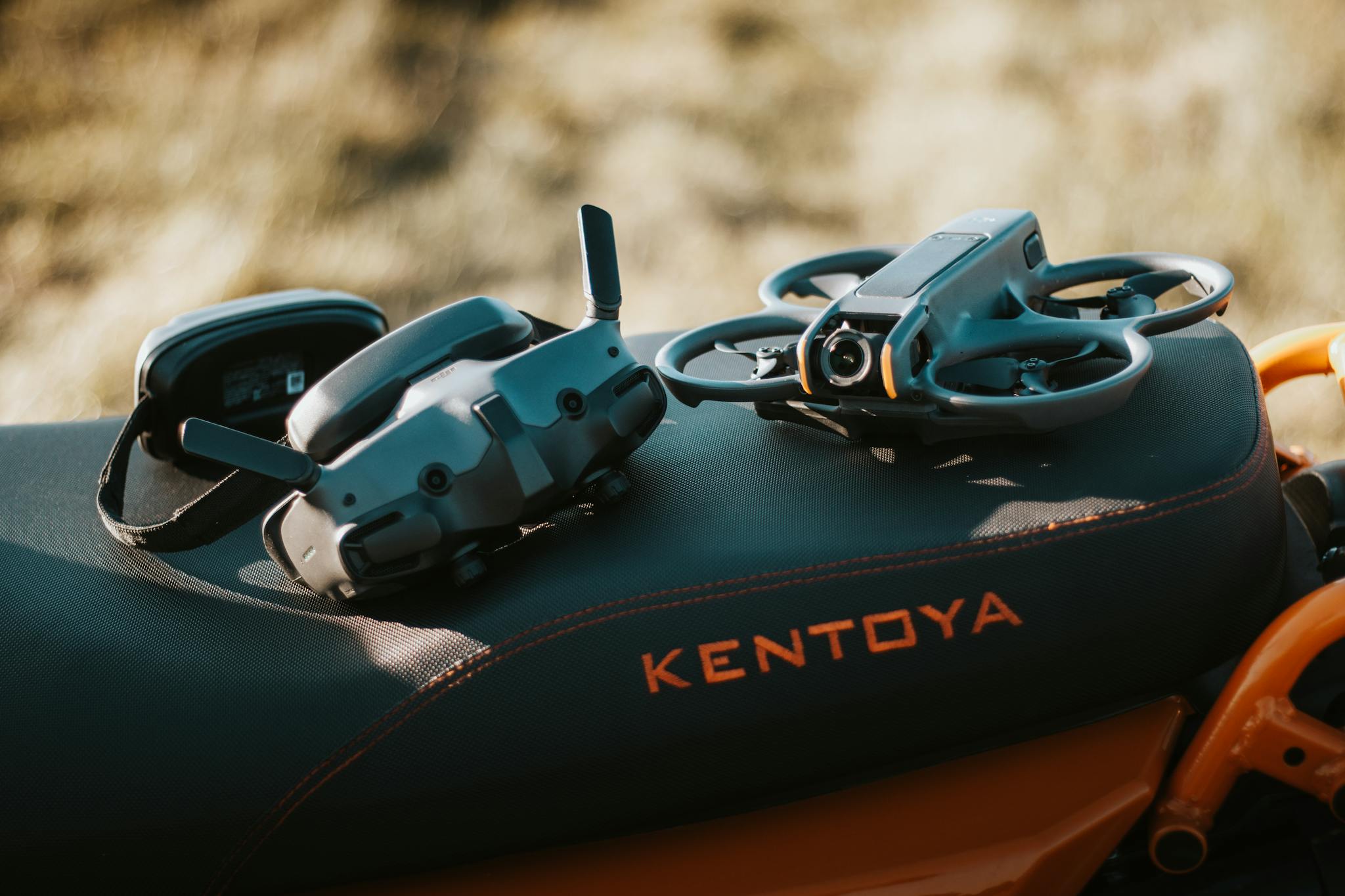
What Makes a Drone Autonomous?
Before we dive in, let’s break down what “autonomous” really means for drones. An autonomous drone uses AI and machine learning to make decisions on its own, without constant human input. This includes:
- Navigating flight paths automatically.
- Avoiding obstacles using real-time data.
- Performing tasks like surveying, delivering packages, or taking photographs, all while responding to changing conditions.
Essentially, AI gives drones the ability to “think” and “adapt” during flight, mimicking some of the decision-making processes that a human pilot would normally handle.
How AI in Drones Powers Smarter Navigation and Obstacle Avoidance
One of the most significant ways AI is shaping drone technology is through autonomous navigation and obstacle avoidance.
How AI in Drones Works for Navigation and Obstacle Avoidance
Using sensors like cameras, LIDAR, and GPS, AI algorithms can create a detailed picture of the drone’s surroundings. These algorithms allow drones to:
- Detect and Avoid Obstacles: Trees, buildings, or even birds – AI can help a drone detect obstacles and plan a path around them.
- Map Out Routes: AI can calculate the most efficient path, even in complex environments like forests or urban areas.
- Adapt to Changes: If a new obstacle appears mid-flight, the drone can adjust its course on the fly.
For instance, delivery drones from companies like Amazon Prime Air rely on AI-driven navigation to ensure packages are delivered quickly and safely, even in bustling neighborhoods (source).
Machine Learning and AI powered Drones for Smarter Decisions
AI-driven drones don’t just follow pre-programmed commands — they learn from their experiences. Thanks to machine learning, drones can:
- Recognize Patterns: By analyzing large datasets, drones can identify patterns, such as distinguishing between crops that need water and those that are healthy.
- Improve Over Time: The more a drone flies, the better it becomes at making decisions. Just like humans learn from practice, AI drones get smarter the more they’re used.
- Customize Tasks: In industries like agriculture or construction, machine-learning algorithms can be fine-tuned for specific tasks, improving efficiency and accuracy.
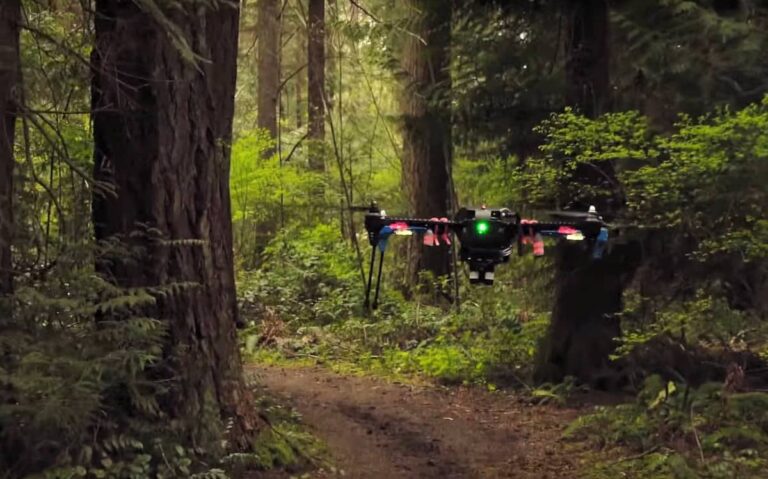
For example, these drones used in wildlife conservation can distinguish between different animal species and track their movements without human supervision, allowing researchers to monitor ecosystems more effectively.
AI in Drones: Applications Across Industries
Delivery Services
AI is critical for the rise of autonomous drone deliveries. Companies like UPS and Wing are using AI to manage complex delivery routes, ensuring that packages arrive on time while avoiding hazards like power lines or changing weather conditions.
Agriculture
Farmers are turning to AI-equipped drones to monitor crops, analyze soil health, and even perform automated spraying. These drones can identify problem areas in fields and take action quickly, saving time and resources.
For more on essential tools for drone operations, check out our Top 10 Drone Accessories For Beginners
Search and Rescue
In emergency situations, every moment counts. AI-powered drones can quickly scan large areas to find missing persons or identify hazards. Their ability to fly autonomously means they can cover dangerous or hard-to-reach places without putting rescuers at risk.
Infrastructure Inspection
Inspecting power lines, bridges, or tall buildings can be risky and time-consuming. Autonomous drones can perform these inspections with precision, using AI to identify cracks, rust, or other signs of damage.
Benefits of Ai-Driven Autonomous Drones
1. Efficiency
AI allows drones to perform tasks faster and more accurately than human-operated models. Whether delivering a package or mapping a field, autonomous drones optimize time and resources.
2. Safety
Removing the need for human pilots in hazardous situations reduces risks. For example, drones can safely inspect an unstable bridge or explore a collapsed building after a natural disaster.
3. Scalability
AI-driven drones can operate in swarms, working together on large-scale tasks like mapping forests or spraying crops. This would be nearly impossible with manually piloted drones.
4. Data Accuracy
AI enhances data collection and analysis, making drones invaluable for tasks requiring precision, like surveying or environmental monitoring.
Challenges and the Road Ahead
Of course, the shift to autonomous drones doesn’t come without challenges:
- Regulations: Governments are still catching up with drone technology, and rules around autonomous flight need to evolve.
- Safety and Security: Ensuring drones are safe from hacking or malfunction is crucial.
- Public Acceptance: Many people are still wary of drones flying without human control, so building trust is important.
However, as technology advances and regulations adapt, the potential for these drones will only grow.
Conclusion
Ai is driving drones into an exciting future where autonomy is the new normal. From smarter navigation and pattern recognition to safer delivery and faster emergency response, the integration of AI is making drones more capable, efficient, and valuable than ever before.
We’re at the beginning of a revolution where drones aren’t just tools — they’re intelligent partners in solving real-world challenges. As AI continues to evolve, who knows what the next generation of autonomous drones will achieve?
The skies are no longer the limit — they’re just the beginning.
What do you think about the future of autonomous drones? Are you excited or cautious about the role of AI in drone technology? Share your thoughts below!
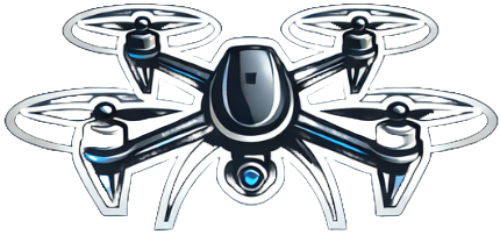
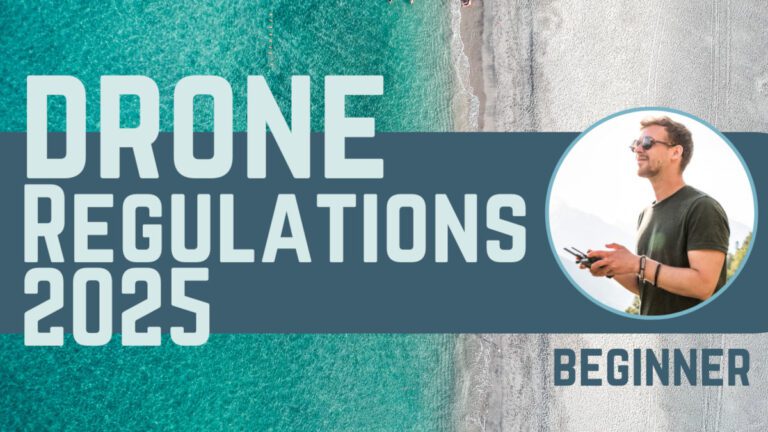
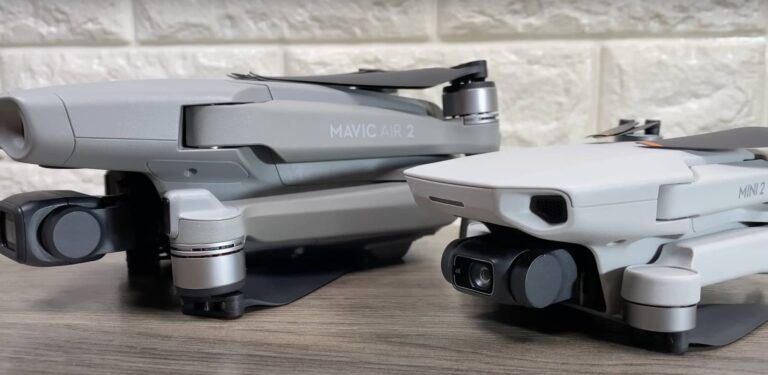
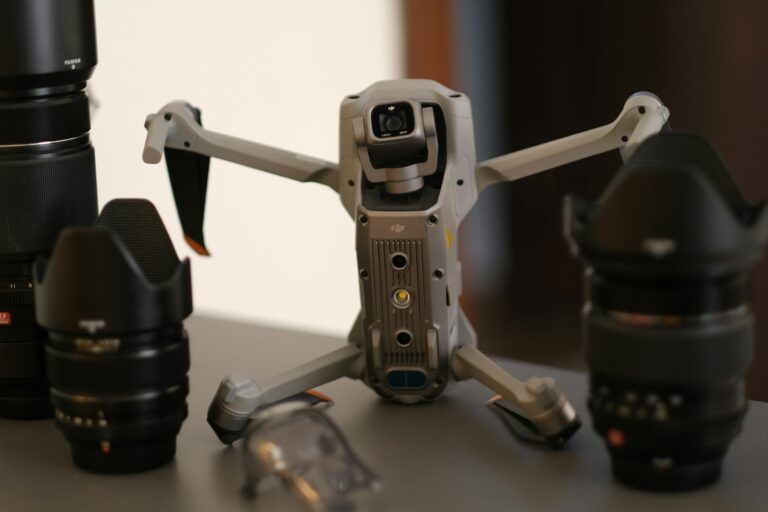
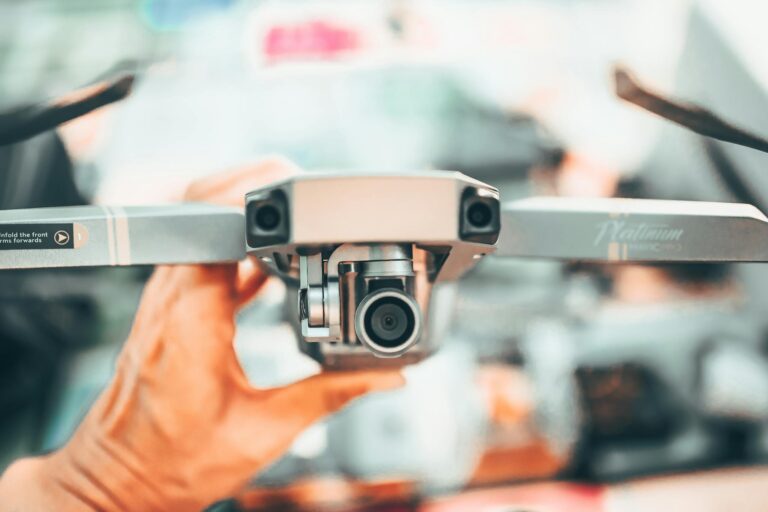
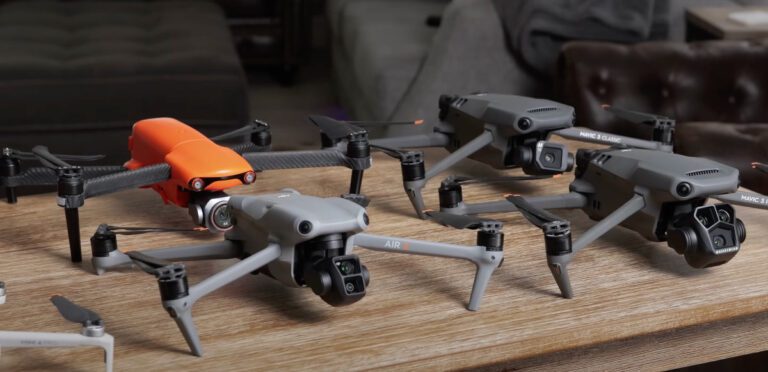
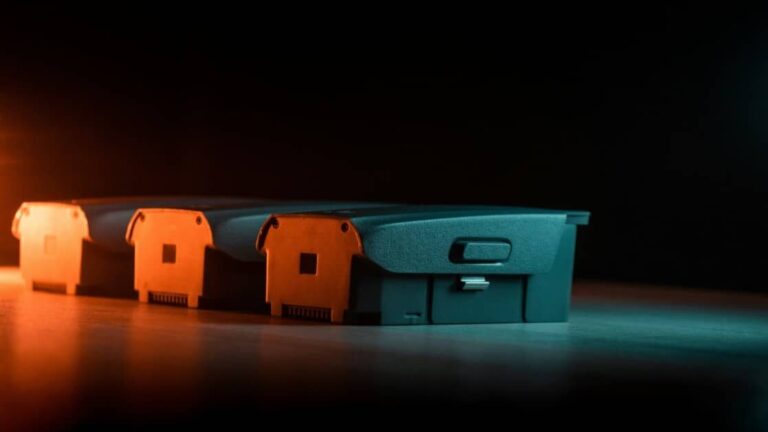
Leave a Reply